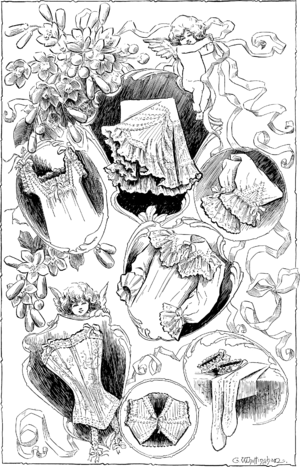The New York Times recently announced that they would start charging for access to their online paper.
Beginning March 28, if you want to read more than 10 articles monthly, you have to pay at least $15 for the privilege.
I like reading The Times, but not enough to subscribe to the paper version (the delivery is terrible and then I have to worry about getting rid of the old papers).
Online marketing and paywalls
Charging for something that used to be free is always tricky. The best way to approach it is to offer additional goodies or some sort of extras for subscribing, such as a free book, or no ads or special access to extra features.
Sadly, for all their smarts, the paper isn’t doing any of those things. They’re not adding any value either. You pay and still get ads. There’s no extra goodies (insider access or points or recognition of any kind).
Is there added value?
Unfortunately for The Times, internet users have been “trained” that online is free. That you pay when you get something extra, or special (ad-free viewing, or badges, or priority service). The few news paywalls that have worked are for specialized information, or instances where a company is paying for the subscription and the consumer doesn’t “feel” it.
The story about the fees got over 2,000 comments (before they closed it!). 2,000 comments. That’s one heck of a tribe – if they only wanted to embrace it.
I’ve been reading The Times for years, but I think I’ll start reading CNN, NPR, and the BBC instead. They’re not giving me anything special or unique. I can get news elsewhere.
Young lingerie addict v. “the old gray lady”
On the other hand, I know a woman in her twenties who runs a growing lingerie blog. She’s young, but she’s figured out something the “old gray lady” has completely missed.
She’s got a facebook fan page/wall. She posts pictures and videos. She interacts, she guest posts. She responds to comments, she tweets, and has a tumblr. She’s building a brand and a crowd of loyal fans. Do they like her? Yes they do. Her blog is free, but she offers other services that aren’t. General information is free. Personal attention or merchandise costs money.
Would they miss her if she disappeared? They would. Unlike the Times, she’s giving them something they can’t get elsewhere.
If you wanted to build your tribe (loyal buyers), what would you do? Start a recognition program (client of the month)? Offer badges to top commenters on your blog? Welcome new readers? Extra access/higher priority service for those who pay more?
What do you think the Times should have done?




